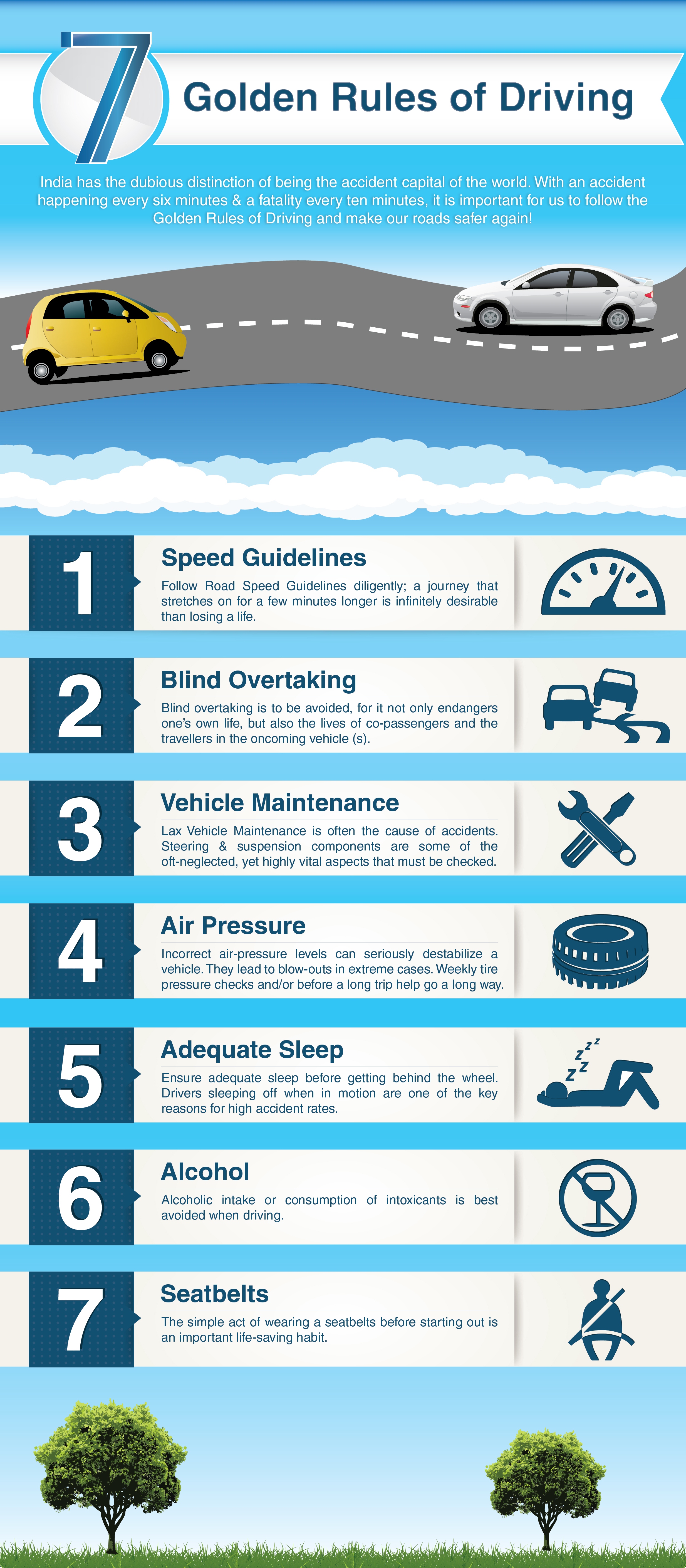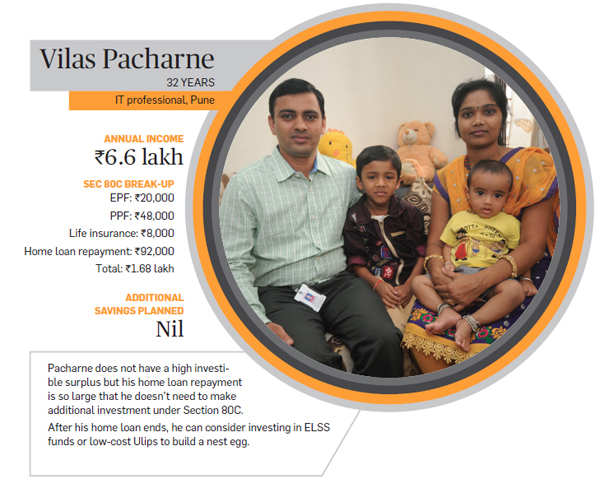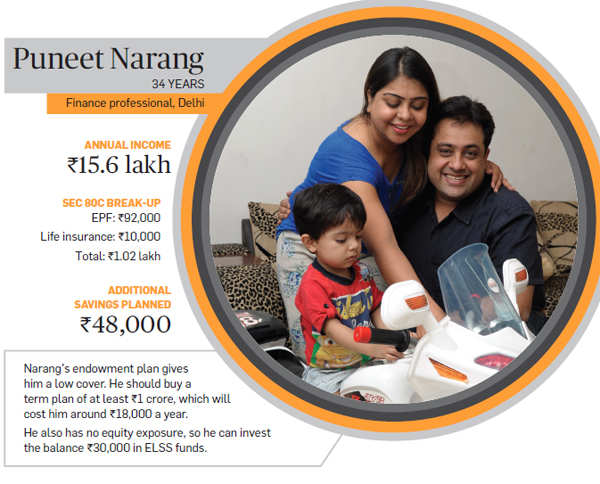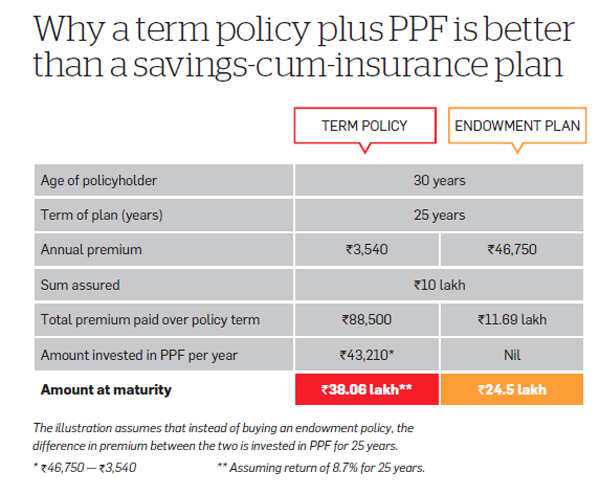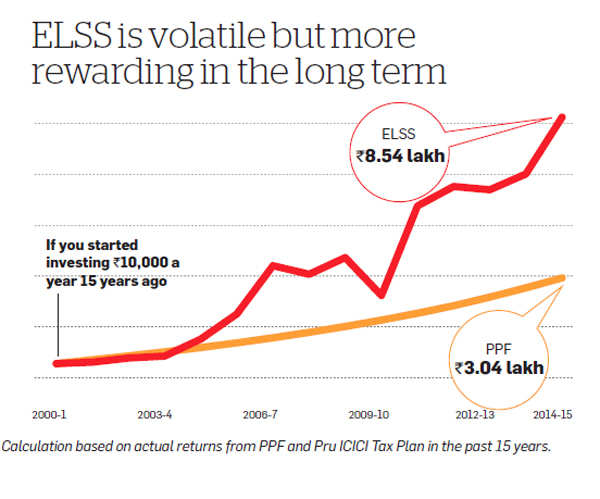Google Now Lets You Download and Delete Your Entire Search History – Here’s How To Do It
You can also save your entire search history to Google Drive, though we’re not sure why you’d want to do that. |
Google has released a new tool which allows users to delete the entirety of their online search history – yes, all of it – along with downloading a copy of your data that can be stored on your desktop or laptop.
This new feature allows you to easily access all of the search data tied to your Google account, with you able to view it from the search engine’s Web & App Activity page on Google Chrome. From there, you can individually select items from your history to delete, or bulk delete every last piece of it.
You can also download a copy of your data by clicking on the cog icon on the right hand side of the screen, before selecting Download. After doing so, the belowmessage will be displayed on your screen informing you of the importance of enabling 2-step verification of your Google account in order to prevent this sensitive information from getting into the hands of someone other than yourself.

As your data will be stored in the Takeout folder of your Google Drive account, it’s incredibly important that the above information is followed given how you’re unlikely to want this data to get in the hands of anyone who manages to crack your password. Having such information freely available via your Google Drive account is very risky, so tread with caution.
It should also be noted that deleting this information will not permanently delete it from the internet for good. Google can still obtain your search information in order to pass it over to law enforcement officials if need be, so if you were planning on setting up a crime syndicate and wanted to get rid of your searches on how to get away with money laundering, this won’t prove to be very useful.
Deleting your search history won’t prove to have too much of an impact upon your web browsing, with it mostly just affecting your tailored search results and making Google Now’s virtual assistant’s job a little harder. If you want your Google footprint wiped from your Google account, then go right ahead. For more information check out Google’s Support page.
Download your past searches
You can download all of your saved search history to see a list of the terms you’ve searched for. This gives you access to your data when and where you want.
Download a copy of your past searches
- Visit your Web & App Activity page.
- In the top right corner of the page, click the Options icon
> Download.
- Click Create Archive.
- When the download is complete, you’ll get an email confirmation with a link to the data.
Note: Downloading your past searches does not delete it from your Web & App Activity page. Learn how to delete your searches and browsing activity.
Where your downloaded data goes
When you download your past searches, a copy of your history will be saved securely to the Takeout folder in Google Drive. You can download the files to your computer if you want a copy on your computer.
Depending on the amount of data you’re downloading, you may be have more than one file in your Takeout folder with your history in it.
Security tips
- Don’t download your past searches on public computers.
- Protect your account and sensitive data with 2-Step Verification, which helps keep others out of your account even if they have your password.






